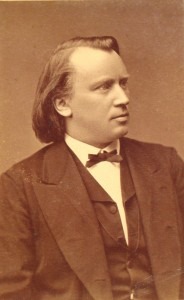
Credit: Wikipedia
Powers says that C sharp major was scarcely ever used; in its enharmonic guise as D flat major, “it is remarkable for its fullness of tone, and it sonorousness and euphony. It is the favorite key for Notturnos.”
We will, of course, find the key of C sharp major in collections organized by key such as Bach’s Well-Tempered Clavier and we also find it as one of Brahms’ 16 Waltzes, Op. 39. But, as a waltz in C sharp major, it doesn’t carry the sonorousness that Pauer sought.
Brahms: 16 Waltzes, Op. 39: 6. Waltz in C Sharp Major (Jenő Jandó, piano)
One major work in C sharp major, but which is outside the German Classical/Romantic canon that Pauer used as his reference is the remarkable work by Erich Korngold, his Piano Concerto for the Left Hand in C-Sharp Minor, Op. 17. This was written as a commission by the one-handed concert pianist Paul Wittgenstein in 1923 and only reentered the performing repertoire in the 1980s.
Korngold: Piano Concerto for the Left Hand in C-Sharp Minor, Op. 17 (Howard Shelley, piano; BBC Philharmonic Orchestra; Matthias Bamert, cond.)
Along with Pauer in praising D flat major and denigrating C sharp major, we can add Hector Berlioz, who called the key “majestic” in his 1865 book on orchestration. This key uses all the black keys on the piano and so there is a great deal of piano music in D flat major. One important piece where it’s used is in the slow movement of Beethoven’s Appassionata Sonata, where it has both Pauer’s sonorousness and Berlioz’ majesty.
Beethoven: Piano Sonata No. 23 in F Minor, Op. 57, “Appassionata”: II. Andante con moto (Alfred Brendel, piano)
What pieces do you think should be added here? Keep in mind that the piece should date from before 1876, when Pauer’s book was published. Another guideline might be to note the relatively small list of composers he gave as examples: Haydn, Mozart, Beethoven, Mendelssohn, Schubert Rossini, Weber, and Spohr – all stalwarts of German classicism / romanticism.

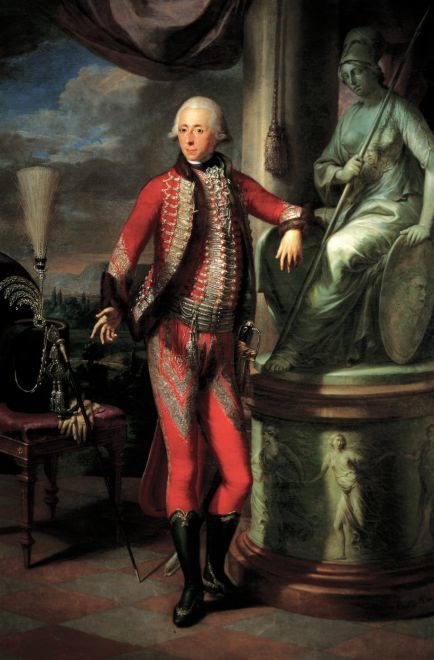
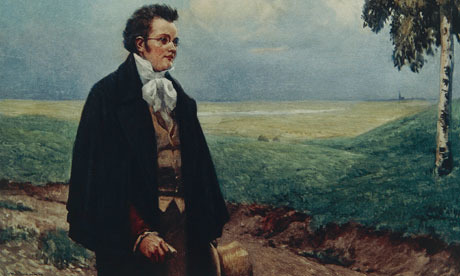
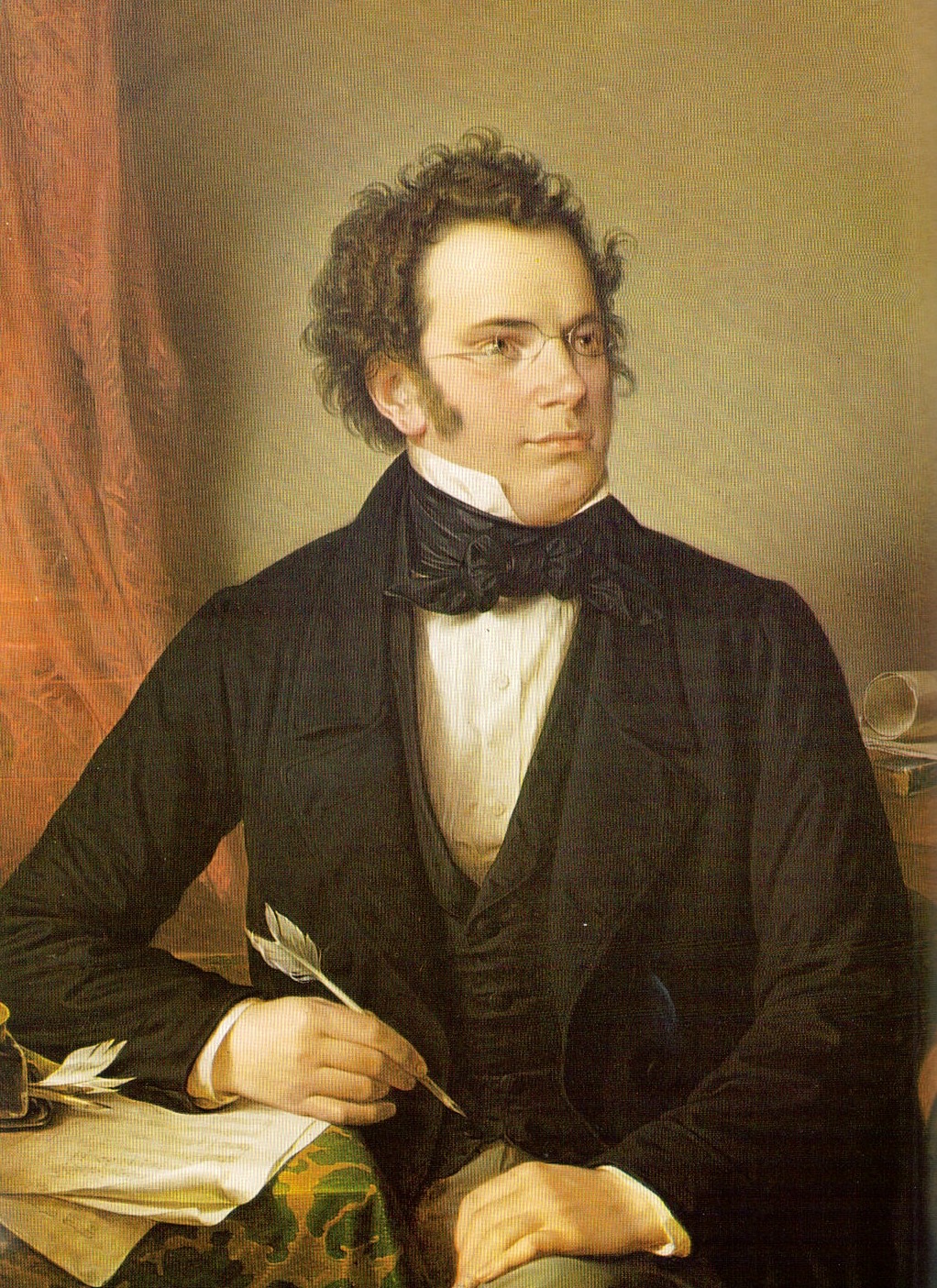
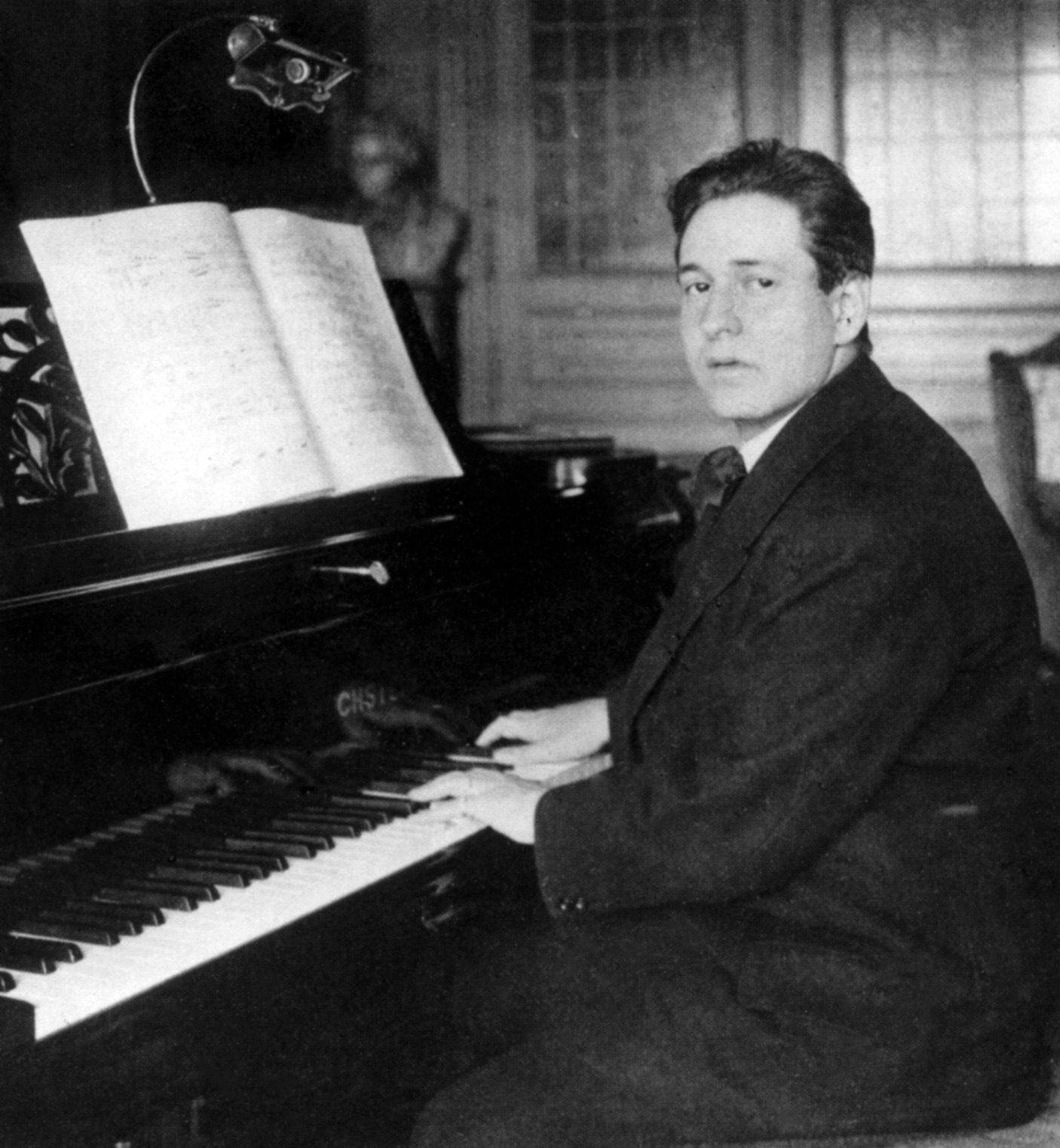
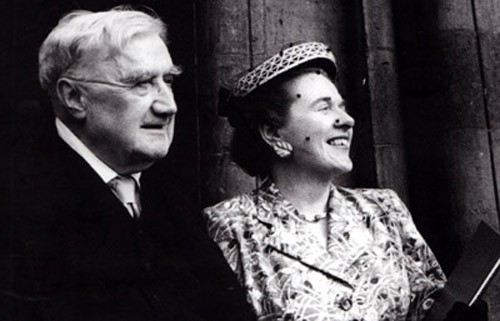
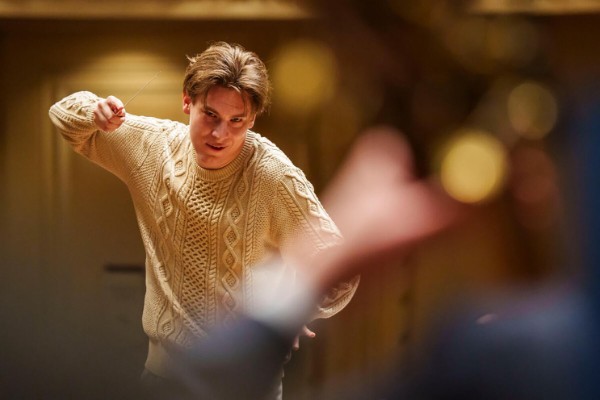
Prior to 1876, Chopin wrote a Berceuse in D-flat major (a cradle-song which was a pioneer in the genre, later being written by Brahms – the most famous Berceuse ever – Liszt, Bizet, Tchaikovsky, Stravinsky, etc…)
And the most beautiful AND famous piece in Db Major, is obviously Debussy’s Clair de Lune from the later 1890’s
Liszt’s Consolation No. 4